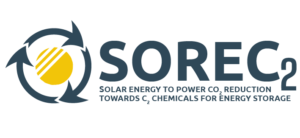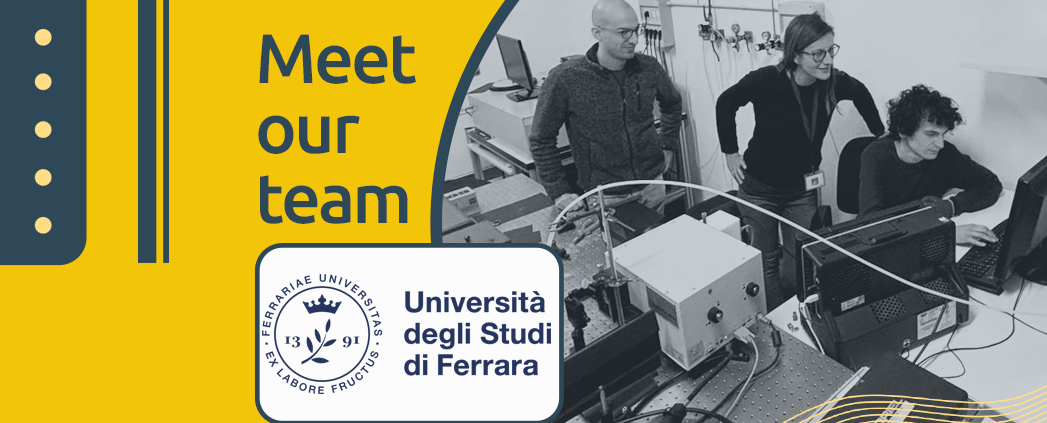Meet our team: UNIFE
First of all Serena, can you briefly introduce the UNIFE research team involved in SOREC2?
The UNIFE research team involved in the SOREC2 project consists of myself, Serena Berardi, as the PI, Stefano Caramori (full professor), Paolo Rudatis (post-doctoral researcher) and Alberto Magliocco (PhD student). On a broader perspective, the Photo(electro)chemistry group at UNIFE, led by Prof. Caramori, is composed by three associate professors (including myself), one assistant professor, three Post-Doctoral researchers and seven PhD students. Our research interests focus on the synthesis and characterization of nanostructured semiconductor materials and their use in photoelectrosynthetic cells for solar energy conversion and storage. The main target products are H2 and O2 from water splitting, but applications related to biomass analogues oxidations, hydrohalic acids splitting and environmental remediation are also studied. The preparation and performance evaluation of nanostructured metallic cathodes for CO2 reduction, as well as of dye-sensitized solar cells, are also pursued.
Which is the specific role and contribution to the project of UNIFE team?
Being the leaders of WP4, our main role is associated with the development of the overall PEC devices, both the lab-scale proof-of-concept and the larger area prototype (or a roadmap to it). Anyway, being also part of a group traditionally dedicated to photoelectrochemistry in all its aspects, including the mechanicistic ones, we will also contribute to unveil the charge transfer kinetics at the interfaces with the electrolytic solution, which can be associated with possible performance bottlenecks.

What are the most important challenges your research team facing in this project?
At the moment, our main challenge is to prepare an efficient cathodic material for the production of C2+ species from CO2 reduction. At the same time, in collaboration with the other partners, we are implementing the lab-scale set-up in which the cathode can be efficiently “powered” by the bias generated by the photoanodic/photovoltaic integrated stuck.
Our strength as a group is related to the study of the dynamics behind the (photo)electrodes operation by means of non-routinary, yet very informative, techniques, such as transient absorption and electrochemical impedance spectroscopies.
Serena Berardi (UNIFE)
What are the main achievements so far?
We managed to detect ethanol for some of the cathodic materials we prepared, but we are still working on the optimization of its production conditions, as well as on the reproducibility of the catholic material itself. Meanwhile, we also managed to achieve good analytical protocols for the identification and quantification of the different kind of CO2 reduction products we are expecting to form.
What added value and experience can the UNIFE team bring to the SOREC2 project?
As I mentioned before, I believe our strength as a group is related to the study of the dynamics behind the (photo)electrodes operation by means of non-routinary, yet very informative, techniques, such as transient absorption and electrochemical impedance spectroscopies. Furthermore, in case of need, we can contribute to the development of some of the other tasks, as for example the preparation of alternative photoanodic materials, given our long-time experience as a group on that topic.

Why do you think it is important for your research team to take part in this project?
I believe we are learning a lot from the development of this project and the interaction with all the partners, especially as far as the optical/photovoltaic modules management is concerned. We are very happy to be part of such nice team!
And finally, what is the most interesting part of the work you are doing in SOREC2 and why?
I find it very intriguing, and at the same time pivotal, to understand and hopefully master all the mechanisms at work for the proper functioning of the overall photoelectrochemical device we are proposing. Fingers crossed for the outcomes!





